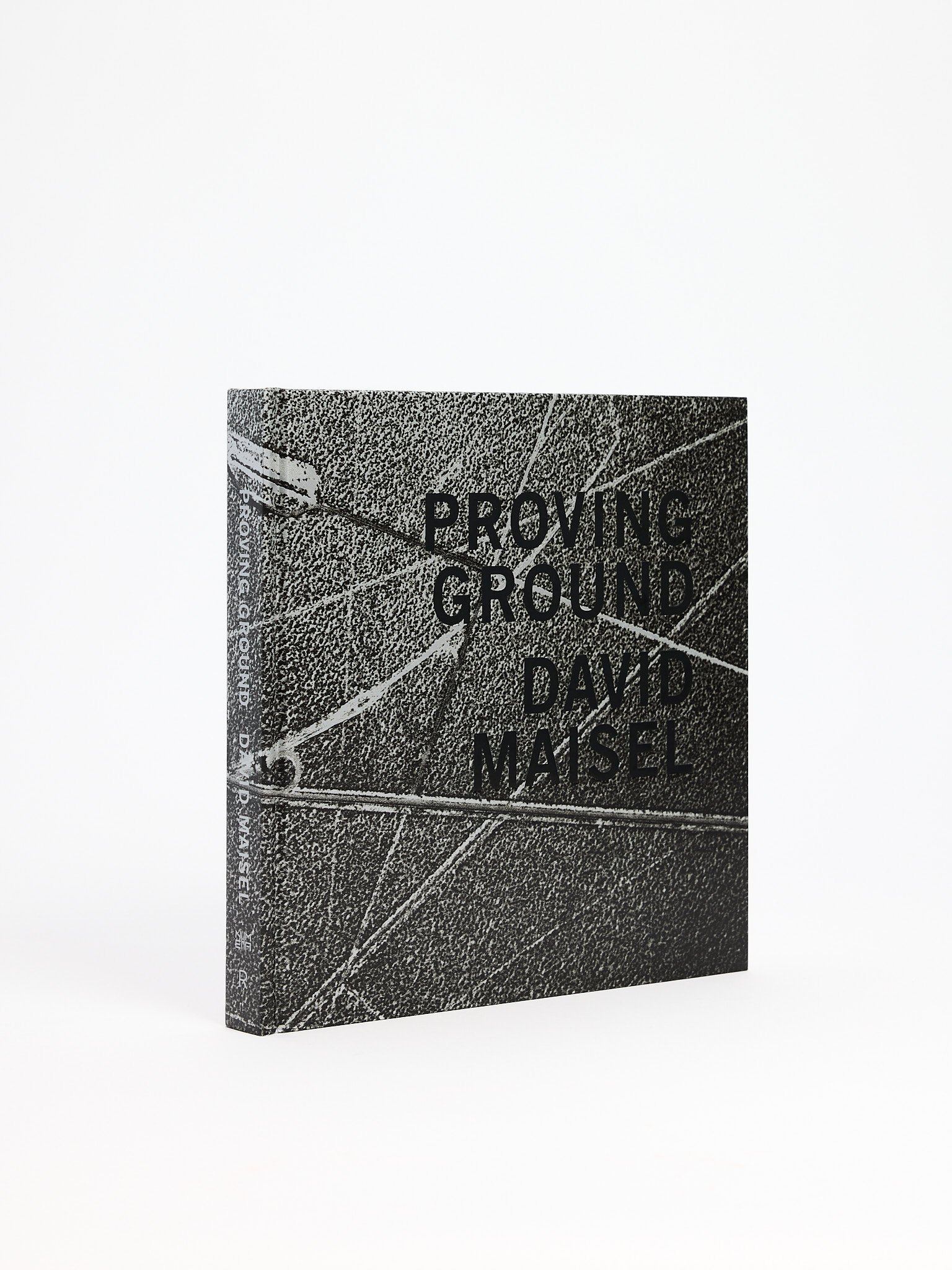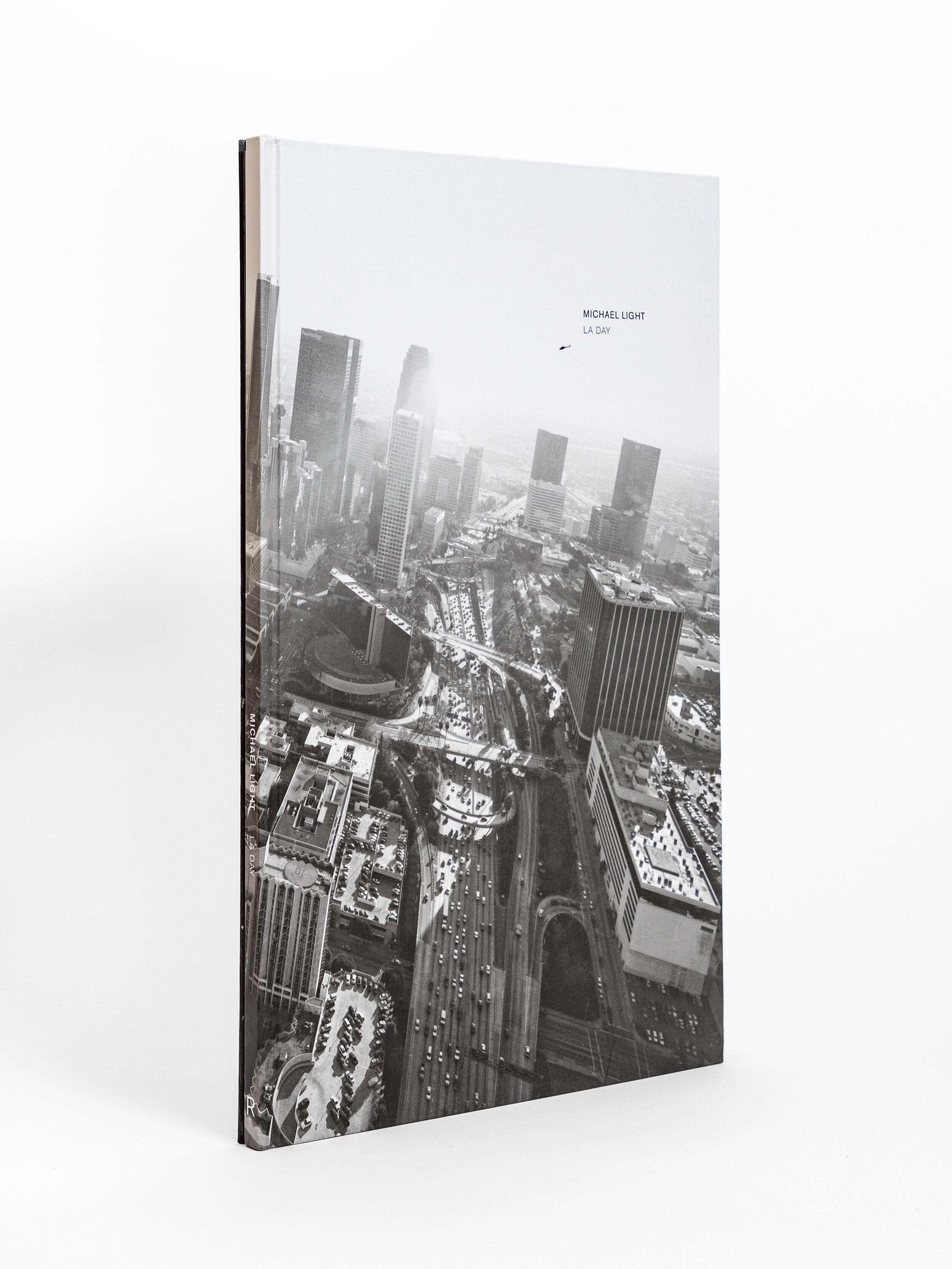Michael Light: Lake Lahontan | Lake Bonneville
By flying as low as five feet above the ground, and by using digital means to accentuate the fissures and marks he finds, Light becomes a kind of photographic detective. The clues were there all along, waiting to be revealed.
— Jonathan Curiel, SF Weekly
San Francisco-based photographer Michael Light’s fourth Radius book of his aerial survey Some Dry Space: An Inhabited West journeys into the vast geological space and time of the Great Basin—the heart of a storied national “void” that is both actual and psychological, treasured as much for its tabula rasa possibilities as it is hated for its utter hostility to human needs.
Twelve thousand years ago most of the Great Basin—that part of the country between California and Utah where water does not drain to the ocean—was 900 feet underwater, covered by two vast and now largely evaporated historical lakes, Bonneville and Lahontan. The shrunken remnants of Lake Bonneville today are the Great Salt Lake in Utah and its eponymous salt flats, while the best known portion of the former Lake Lahontan is the Black Rock Desert in Nevada, an alkali bed that floods and dries each year, creating the flattest topography on earth, home to the annual counterculture festival Burning Man.
Piloting his 600-pound aircraft at low elevations, Light explores this mythic space deeply and abstractly, finding in the emptiness as much evidence of our presence as absence—and revealing heretofore unseen palimpsests of vehicular and urban glyphics that come and go with the seasons. Reflecting Light’s ongoing survey themes of mapping, perceptual orientation, and human impact on the land, but in a newly minimal and psychological direction, Lake Lahontan | Lake Bonneville offers an elegiac and forceful look at the politics of erasure.
By flying as low as five feet above the ground, and by using digital means to accentuate the fissures and marks he finds, Light becomes a kind of photographic detective. The clues were there all along, waiting to be revealed.
— Jonathan Curiel, SF Weekly
San Francisco-based photographer Michael Light’s fourth Radius book of his aerial survey Some Dry Space: An Inhabited West journeys into the vast geological space and time of the Great Basin—the heart of a storied national “void” that is both actual and psychological, treasured as much for its tabula rasa possibilities as it is hated for its utter hostility to human needs.
Twelve thousand years ago most of the Great Basin—that part of the country between California and Utah where water does not drain to the ocean—was 900 feet underwater, covered by two vast and now largely evaporated historical lakes, Bonneville and Lahontan. The shrunken remnants of Lake Bonneville today are the Great Salt Lake in Utah and its eponymous salt flats, while the best known portion of the former Lake Lahontan is the Black Rock Desert in Nevada, an alkali bed that floods and dries each year, creating the flattest topography on earth, home to the annual counterculture festival Burning Man.
Piloting his 600-pound aircraft at low elevations, Light explores this mythic space deeply and abstractly, finding in the emptiness as much evidence of our presence as absence—and revealing heretofore unseen palimpsests of vehicular and urban glyphics that come and go with the seasons. Reflecting Light’s ongoing survey themes of mapping, perceptual orientation, and human impact on the land, but in a newly minimal and psychological direction, Lake Lahontan | Lake Bonneville offers an elegiac and forceful look at the politics of erasure.
By flying as low as five feet above the ground, and by using digital means to accentuate the fissures and marks he finds, Light becomes a kind of photographic detective. The clues were there all along, waiting to be revealed.
— Jonathan Curiel, SF Weekly
San Francisco-based photographer Michael Light’s fourth Radius book of his aerial survey Some Dry Space: An Inhabited West journeys into the vast geological space and time of the Great Basin—the heart of a storied national “void” that is both actual and psychological, treasured as much for its tabula rasa possibilities as it is hated for its utter hostility to human needs.
Twelve thousand years ago most of the Great Basin—that part of the country between California and Utah where water does not drain to the ocean—was 900 feet underwater, covered by two vast and now largely evaporated historical lakes, Bonneville and Lahontan. The shrunken remnants of Lake Bonneville today are the Great Salt Lake in Utah and its eponymous salt flats, while the best known portion of the former Lake Lahontan is the Black Rock Desert in Nevada, an alkali bed that floods and dries each year, creating the flattest topography on earth, home to the annual counterculture festival Burning Man.
Piloting his 600-pound aircraft at low elevations, Light explores this mythic space deeply and abstractly, finding in the emptiness as much evidence of our presence as absence—and revealing heretofore unseen palimpsests of vehicular and urban glyphics that come and go with the seasons. Reflecting Light’s ongoing survey themes of mapping, perceptual orientation, and human impact on the land, but in a newly minimal and psychological direction, Lake Lahontan | Lake Bonneville offers an elegiac and forceful look at the politics of erasure.
YOU MAY ALSO LIKE
-
Photography by Michael Light
Texts by William L. Fox, Charles Hood, Leah OllmanHardcover with map insert
10.5 x 16.5 inches
140 pages / 58 images
Trade ISBN: 9781942185420
Signed ISBN: 9798890180339 -
Michael Light is a San Francisco-based photographer focused on the environment and how contemporary American culture relates to it. He has exhibited globally, and his work has been collected by the San Francisco Museum of Modern Art, The Getty Research Institute, The Los Angeles County Museum of Art, The New York Public Library, and the Victoria & Albert Museum in London, among many others.
For the last eighteen years, Light has aerially photographed over settled and unsettled areas of American space, pursuing themes of mapping, vertigo, human impact on the land, and various aspects of geologic time and the sublime. A private pilot and Guggenheim Fellow in photography, he is currently working on an extended aerial survey of the arid Western states. Radius Books published the first of a multi-volume series of this work, Bingham Mine/Garfield Stack, in 2009. The second, LA Day/LA Night, was released in 2011. The third, Lake Las Vegas/Black Mountain, was published in 2015. The fourth, Lake Lahontan/Lake Bonneville, was released in September 2019.
Light is also known for his internationally acclaimed archival works. His first, FULL MOON (1999), used lunar geological survey imagery made by the Apollo astronauts to show the moon both as a sublime desert and an embattled point of first human contact. 100 SUNS (2003), focused on the politics and landscape meanings of military photographs of U.S. Atmospheric nuclear detonations from 1945 to 1962.












